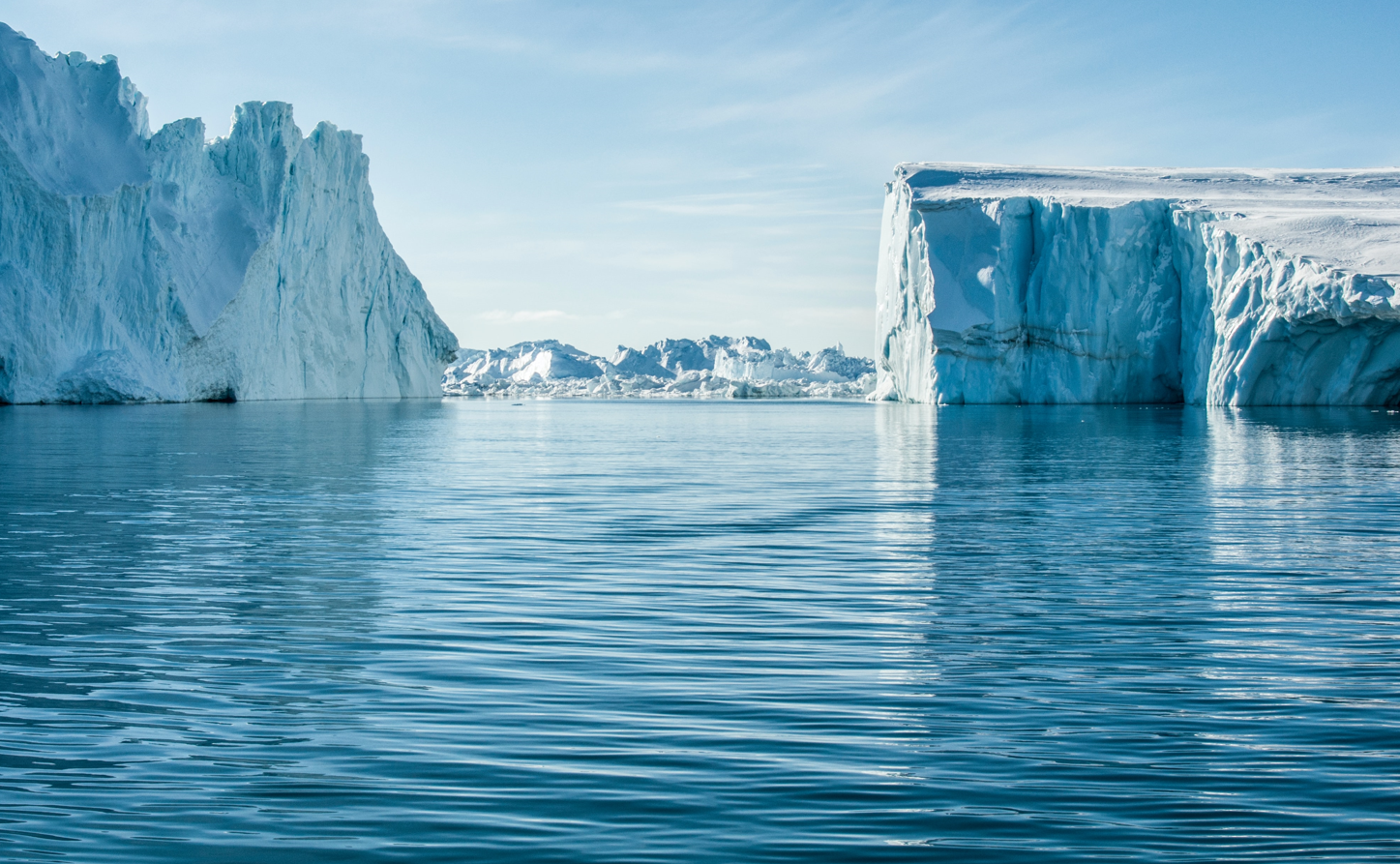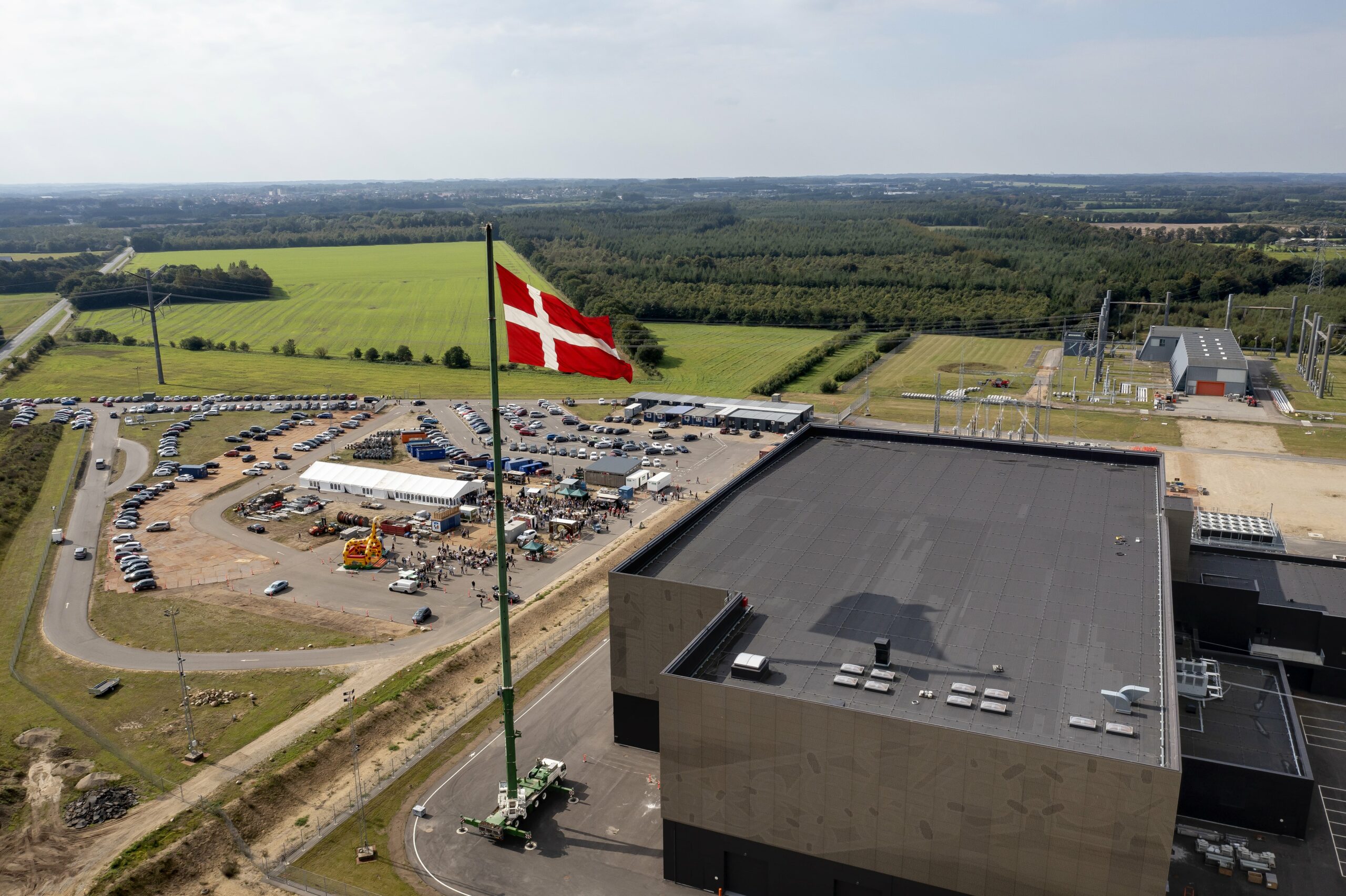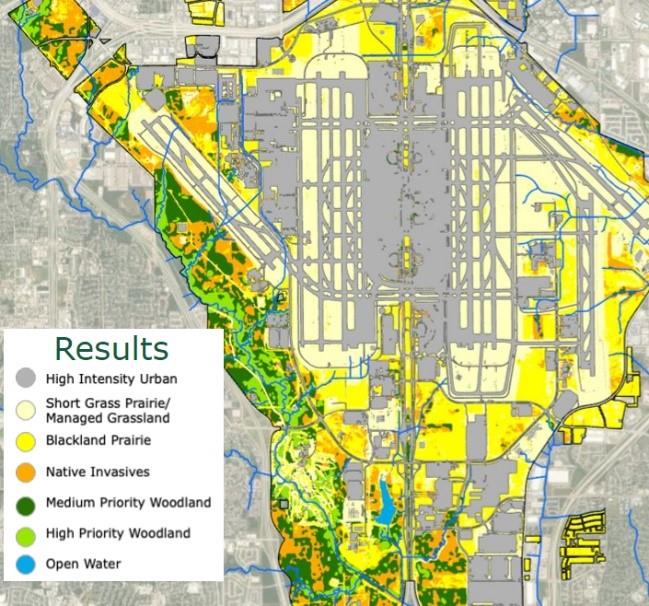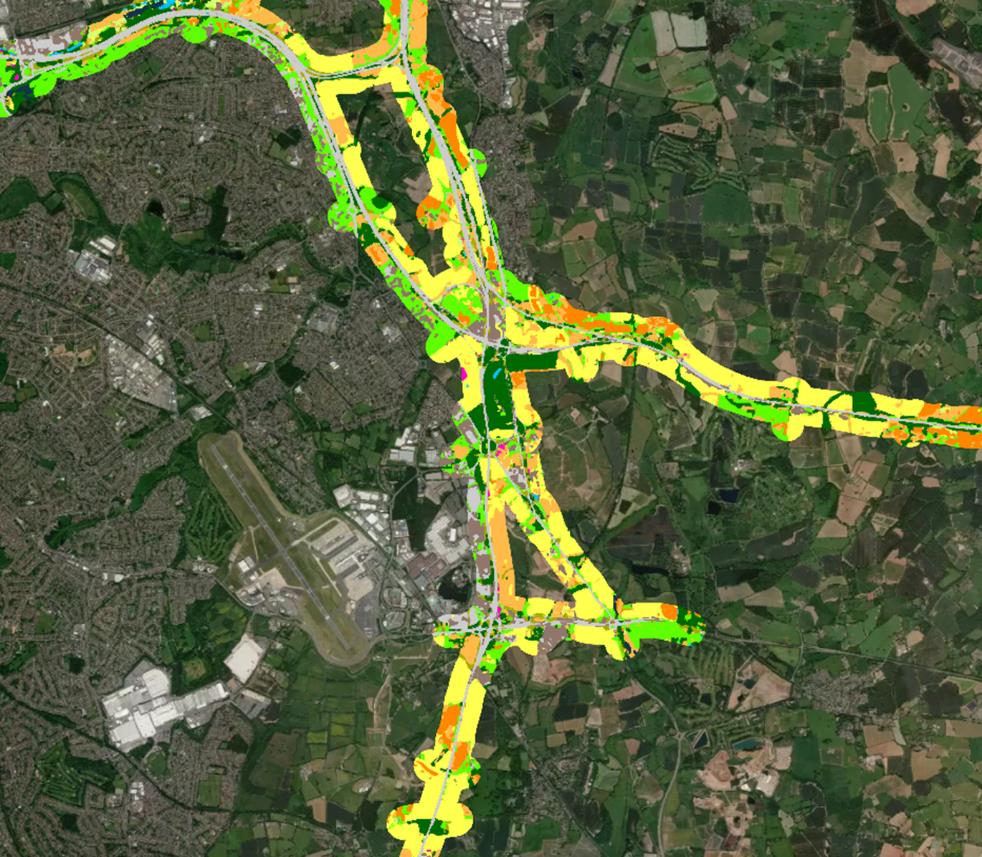News
Greenland joins the Paris Agreement


A new Greenlandic coalition-government with ambitious climate action plans was formed in April 2021. As a part of its renews climate ambitions, the government commenced a review of Greenland’s options if included in the Paris Agreement . The review showed that it is possible for Greenland to develop its own National Determined Contributions, separate to those of Denmark and without Greenland being committed to a specified obligation in CO2 emissions.
Based on the review and to spur new green initiatives at home and acorss Arctic, Greenland during COP26 in Glasgow announced to join the Paris Agreement. Following the decision, Naalakkersuisut, the Government of Greenland, will proceed with a domestic national ratification process via the its parliament Inatsisartut.
“I am proud of the fact that the new Naalakkersuisut has reached the decision that Greenland should join the Paris Agreement. I can now inform the Danish Government that the work in ratifying the decision to join the Paris Agreement will be submitted to the Greenlandic Parliament Inatsisartut. The Arctic region is one of the areas on our planet where the effects of global warming is felt the most, and we believe that we must take responsibility collectively. That means that we too, must contribute our share”, says Múte Bourup Egede, Prime Minister of Greenland.
Under the Paris Agreement, all parties are obliged to deliver and uphold nationally defined climate objectives called National Determined Contributions (NDCs). Although contributions under the agreement is up to the parties themselves to define, and Greenland thus does not have to commit itself to a certain level of CO2 reduction, the government wishes to take active part in curbing the global climate crisis. Embarking on its green transition, Greenland decided this summer to put a stop to oil and gas exploration in the country. Going forward, the nation seeks to further develop and promote its renewable energy sources.
Greenland and the Artic has a lot to gain from green transition
The temperatures in the Arctic rise at three times the global annual average, driving many of the changes underway in the Arctic. Most prominently, snow and ice are melting at an increasing rate. This impacts both local ecosystems and the global climate system. The effects of a shifting Arctic climate are felt across the high latitudes and beyond – with global environmental, economic, and social implications.
Through the lens of the region’s vulnerability, the Government of Greenland believes that those who call the Arctic home must do what they can to lead by example. This includes immediate reductions of CO2-emissions and a determined promotion of sustainable, green transition across the region.
Greenland has an abundance of hydropower resources which surmounts its domestic energy needs. Greenland is therefore in the process of opening up to investors, who can help develop these areas. This includes solutions and technologies to fuel low-cost and sustainable energy for data centers or as an input into storing of energy in hydrogen via Power-to-X.
During the annual UN climate summit in Glasgow, COP26, Greenland’s Prime Minister Múte B. Egede participated in the opening Leaders’ Summit to push for an ambitious outcome and to share with the international community the Greenland’s commitment to the Paris Accord. With a pledge to set forth “ambitious climate targets” for the newest signatory, Greenland used the COP gathering to discuss future efforts to combat climate change and adapt to its effects in the Arctic.
Photo by Tina Rolf on Unsplash















